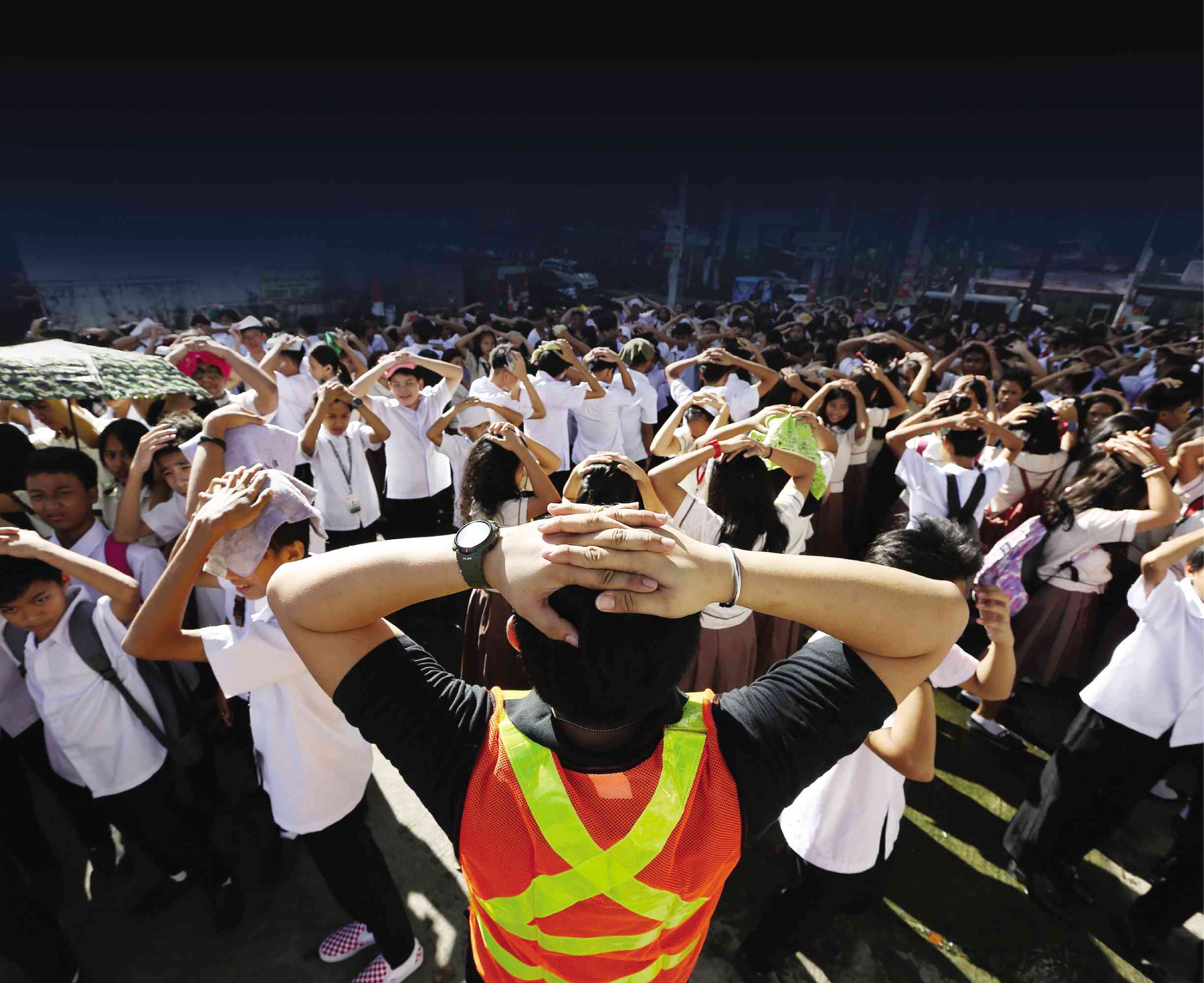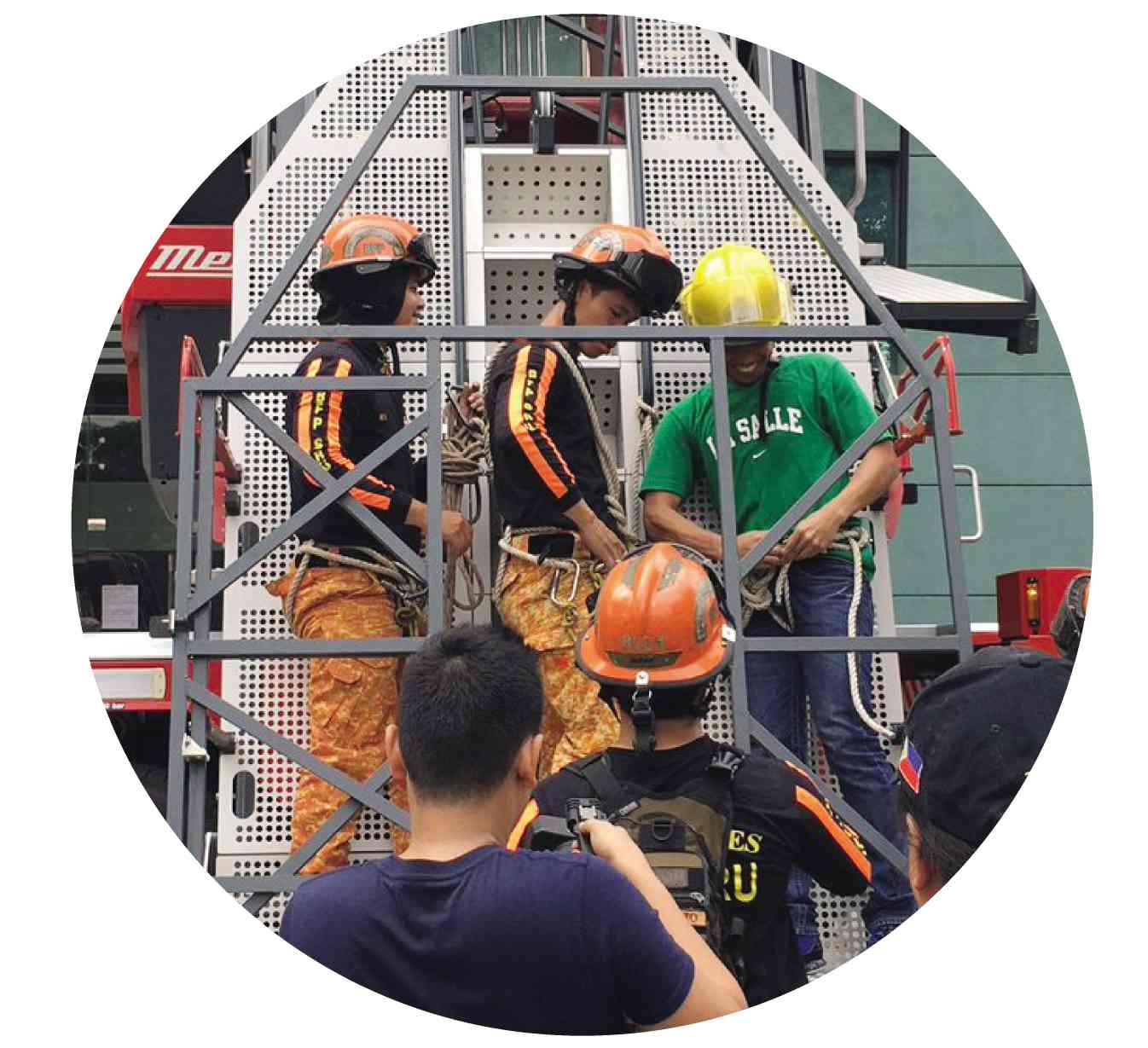PH prepares for the chilling effect of the ‘One’
The 6.1-magnitude earthquake that jolted Luzon last Monday has spurred discussions on the country’s preparations and response for such natural calamity, which by any means cannot be predicted when and where it will next strike.
While the number of casualties has yet to be finalized as of this writing, the public’s response was better than before, said Undersecretary Renato Solidum, chief of the Philippine Institute of Volcanology and Seismology (Phivolcs).
Malacañang suspended work in government offices in Metro Manila in the wake of the earthquake, giving time for local government units to assess the structural integrity of buildings and other infrastructure within their jurisdictions.
Yet more is needed to be done, Solidum said.
“It’s not just the people who should be preparing, but buildings have to also be structured properly,” he pointed out.
Solidum added that more drills should be done in public places with big crowds such as malls, or at least install more signs telling people what to do should a disaster strike.
Earthquake drills
During nationwide earthquake drills, the national government works on a scenario wherein movements along the East Valley Fault System could trigger a 7.2 magnitude temblor.
Phivolcs has projected that without interventions and should it strike at night, the “Big One” in Metro Manila alone could kill 31,000 people and injure 130,000 more.
Since 2015, the Metropolitan Manila Development Authority (MMDA) has staged the “Shake Drill” to prepare residents, motorists, government workers and private sector employees for the Big One that could hit the capital anytime.
Under MMDA’s Oplan Metro Yakal, the earthquake response plan drafted by the agency, the metro was divided into four quadrants to speed up the response time in case of a disaster.
The north quadrant (red) is composed of Caloocan, Navotas, Valenzuela, Quezon City, San Juan and Mandaluyong; the south quadrant (blue) is comprised of Makati, Las Piñas, Muntinlupa, Parañaque, Taguig, Pateros, Pasay, Muntinlupa and Pateros; the west quadrant (green) is made up of Manila and Malabon; while the east quadrant (orange) comprised of Marikina and Pasig.
It also identified four possible evacuation sites for Metro residents: the Veterans Memorial Golf Course in Quezon City; Villamor Golf Course in Pasay City; Wack Wack Golf and Country Club in Mandaluyong City; and the Club Intramuros Golf Course in Manila. It also assigned 2,000 emergency rescuers to man each quadrant.

Earthquake drill held at Manuel Roxas High School in Barangay Obrero, Quezon City -NINO JESUS ORBETA
Disaster preparedness
Several laws have already been enacted to improve disaster preparedness and risk reduction management plan:
Republic Act No. 10121 (s. 2010) created the National Disaster Risk Reduction and Management Council that is comprised of multi-sectoral department secretaries;
RA 10639 (s. 2014) mandates telecommunications service providers to send free mobile alerts in the event of natural and man-made disasters and calamities; and
RA 11039 (s. 2017) mandates full support to electric cooperatives adversely affected by fortuitous event in order to immediately restore electric service.
Building code
Local governments should also conduct regular inspection of structural integrity of infrastructure and implement stricter policies in terms of issuing building permits, Solidum said.
He said the current building code needs to be updated to further improve laws and regulations on buildings and other infrastructure.
The proposed Philippine Building Code of 2018 aims to repeal the 42-year-old National Building Code (Presidential Decreee No. 1096) by harmonizing it with other various codes and regulations related to the resilience and safety of houses, buildings, and other structures.
Solidum likewise backed the conduct of honest-to-goodness stress tests for the quench-tempered and thermodynamically tested steel bars that are widely used in the country today, even for high-rise construction.
“What is important for us to understand is that earthquakes do not kill people [but the] collapse of houses and buildings does,” Solidum added.
Sources: Inquirer Archives, HB 7804, RA 10121, RA 10639, RA 11039, Project Building Resilience



